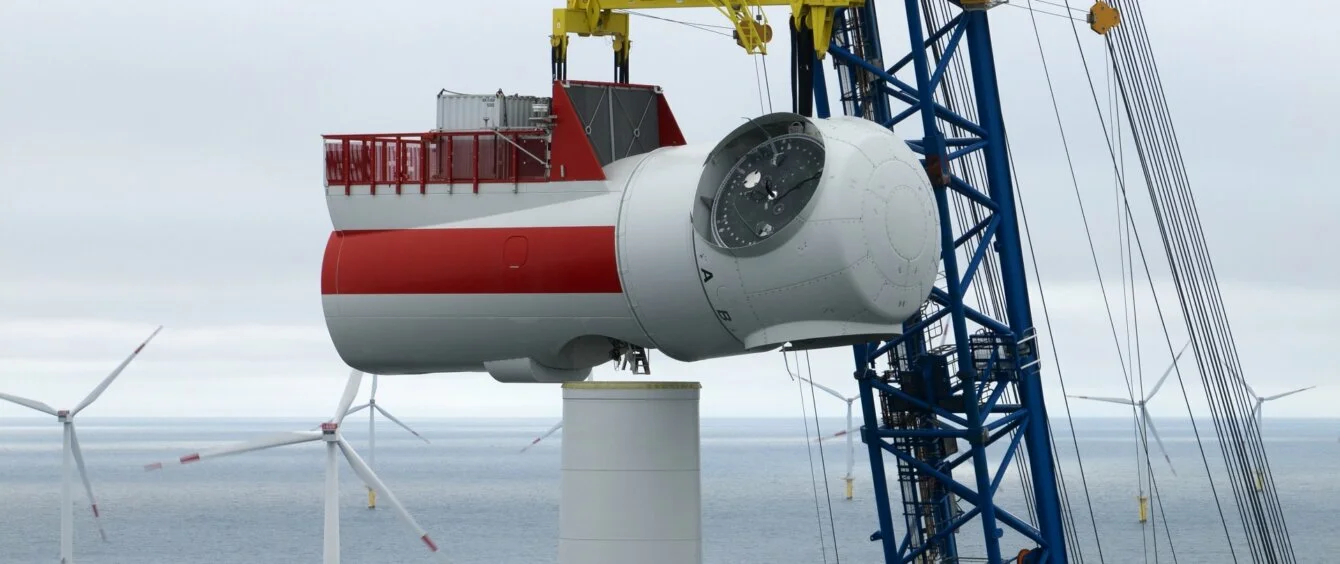The UK has the most ambitious offshore wind target in Europe and capacity is increasing year on year. This is steadily creating more and more high-quality jobs in what is one of the most buoyant and dynamic sectors of the energy transition.
According to a new report by the UK’s Offshore Wind Industry Council (OWIC), more than 32,000 people are currently employed in the UK offshore wind sector, 4% more than the end of 2021. Of these, over 17,000 are direct employees with additional indirect employment totaling nearly 15,000.
Today, the UK has just over 13.5 GW of offshore wind capacity installed. However, based on the government’s target of 50 GW by 2030, 88,509 jobs will be required by 2026, a huge jump of over 56,000 from current levels, OWIC says.
Not only that but, by 2030, the Council now estimates that, for the first time, more than 100,000 direct and indirect positions will be needed – 104,401 to be precise. The sector will need to train and retain an average of 10,000 people a year to achieve this.
Employment growth in the UK is just a subset of the opportunities wind power is creating across Europe and globally. RWE, for example, the second largest offshore wind developer worldwide, has operations in Europe, the Americas and Asia Pacific, more than 3.3 GW in operation and a target of 8 GW of capacity by 2030.
Sector also growing in the USA
According to an estimate made in 2021 by consultants Rystad Energy, offshore wind sector employment across Europe will grow from 110,000 direct and indirect jobs in 2020 to around 350,000 by the end of the decade.
In the US, the National Renewable Energy Laboratory estimates that the US offshore wind sector – currently small compared with Europe but with an ever-growing project pipeline – will create between 15,000 and 58,000 direct jobs by 2030.
In 2021, the Global Wind Energy Council estimated that 3.3 million jobs worldwide could be created by the sector by 2026. This may seem a stretch, but in 2021, nearly 1.2 million people were already working directly or indirectly in offshore wind, according to data from the International Renewable Energy Agency.
Skill gap may slow down energy transition
It stands to reason that with the ambitious targets adopted by an increasing number of countries worldwide far surpassing current levels of capacity, the wind sector in general, and offshore wind in particular, will deliver robust job creation in the years to come.
According to OWIC, offshore wind targets have grown faster than employment and there is a growing gap between the skilled personnel available and those needed to meet the targets. It is possible that without a concerted effort to train new people, a lack of workers with the right skills could act as a break on the sector and thus the energy transition.
However, this is great news for young people hoping to enter the industry. In the UK, the sector has already exceeded its target of 2.5% apprenticeships as a proportion of the workforce.
The areas in which gaps have been identified are broad, for example, people with high-level electrical skills, in digital data areas, consenting and marine and port-orientated skills and logistics. Floating offshore wind projects are expected to create strong additional demand for welding and fabrication.
The data provided by OWIC shows that the largest area of employment is in operations and maintenance, which accounts for 26% of sector employment, followed by management, including project management roles (16%), technical and professional positions (11%) and then construction (9%).
The aim is to improve gender and ethnic diversity
The sector shows a high proportion of professional and skilled trade occupations, reflecting the need for construction workers, electricians and mechanics.
The sector has a good balance when it comes to age, employing people from 16 to 73 years old. The gender balance is roughly 80:20 with the proportion of women employed increasing from 19.25% last year to 20.55% this year. In terms of ethnic diversity, 7% of the workforce came from ethnic minority backgrounds this year, a large upward jump from 3.8% in the previous survey, OWIC says.
The sector has set targets to improve both gender and ethnic diversity and is already moving towards meeting them.
Regionally, the employment data shows the UK’s north benefiting most from the new jobs. Scotland has 29% of sector employment, followed by the Humber region with 16.4%, London 15.2%, the North East 11.1% and the North West 10.5%.
RWE’s is developing plans for floating offshore as part of the Celtic Sea seabed leasing auction later this year. A recent study identified the first GW of floating wind to be developed in the Celtic Sea could potentially deliver around 3,000 jobs and £682 million in supply chain opportunities, providing a significant boost to energy transition employment in Wales and the southwest of England, where offshore wind sector jobs are currently under-represented.
